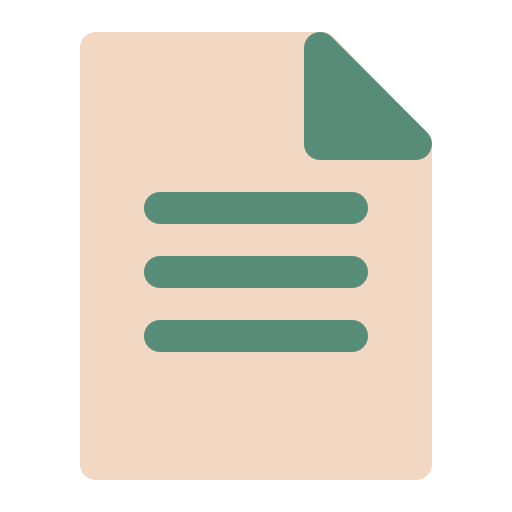Kajian Analisis Water Quality Index (WQI) pada Air Permukaan Menggunakan Berbagai Macam Metode
Keywords:
Surface water, Water Quality IndexAbstract
Water is a very basic need for living things. In addition, the rapid population growth and development affects the need for clean water. The development of population activities around water bodies can increase the level of water pollution. The increase in the level of pollution is caused by the disposal of waste, both domestic, industrial, and agricultural waste, directly into water bodies without going through a processing process first.
This study aims to analyze the use of the water quality index calculation method in determining the status of surface water quality so that the most effective, sensitive and objective method is known. The Water Quality Index (WQI) calculation method is needed to simplify the many values of various types of parameters into a single number that is able to describe the condition of water quality, so that it is easier for the public to understand. There are several methods of calculating WQI in various countries, namely the Storet method, IP, CCME WQI (Canadian Council of Ministers of The Environment), OIP (Overall of Index Pollution) and NSF-WQI (National Sanitation Foundation – Water Quality Index). The results of the study show that the CCME method is superior because it uses time series data, so that it better describes the status of water quality in a certain period. CCME WQI can calculate the magnitude of the difference in test results that exceed the quality standard through F3 (Amplitude). The CCME method is the most appropriate method for analyzing water quality in various countries including Indonesia, both in surface water and groundwater with a higher level of effectiveness and sensitivity compared to other methods and the use of flexible number and types of parameters.
Downloads
Published
Issue
Section
License
Copyright (c) 2021 BIOMETRIC

This work is licensed under a Creative Commons Attribution-NonCommercial-ShareAlike 4.0 International License.







